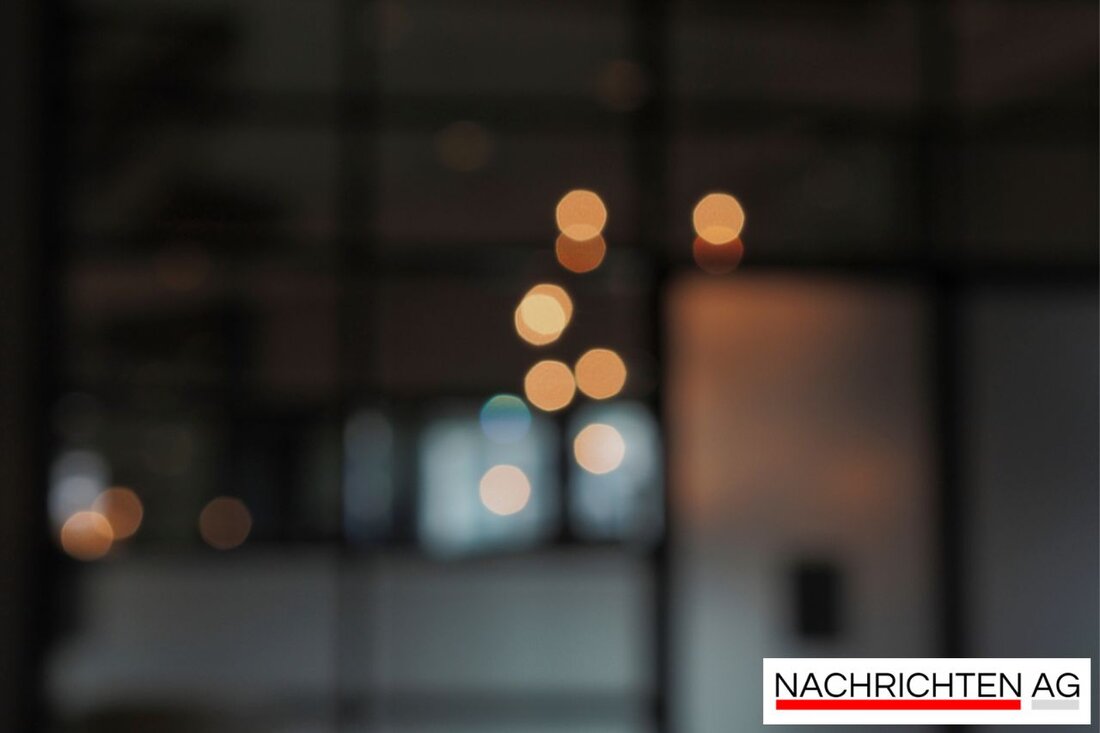New cochlear implant: A Hennigsdorf resident experiences hearing in a new way!
Learn how doctors in Oberhavel successfully use cochlear implants to help patients with hearing loss.

New cochlear implant: A Hennigsdorf resident experiences hearing in a new way!
In the world of medicine there are always stories that give hope. This also applies to the recent success story from Hennigsdorf, where Dr. Thien An Duong Dinh and his team were able to insert a cochlear implant into a 51-year-old patient. After a three-day stay in the clinic, the patient will now begin special rehabilitation to optimally adapt the implant. The goal: He should be able to hear again, which is invaluable for people with hearing loss.
The operation itself is a highly precise procedure in which an electrode carrier is inserted directly into the cochlea. This involves frequency-dependent stimulation of the auditory nerve, which, depending on the severity of their hearing loss, reconnects the patient with the world of hearing. It is important that the appropriate electrodes are selected to preserve the patient's residual hearing. The operation is performed under anesthesia behind the auricle, where the implant is placed in the skull bone.
The path to hearing
The implantation of a cochlear implant replaces damaged hair cells in the inner ear. It converts acoustic signals into electrical impulses that directly stimulate the auditory nerve. This is particularly important because conventional hearing aids are no longer sufficient when hearing loss is very advanced. According to the German Association of the Deaf, there are around 80,000 deaf people living in Germany and around 16 million are hard of hearing. For many, cochlear implants are the only way to recapture the world of sound.
The postoperative steps are equally crucial. The patient must learn to hear with the implant and device fitting requires regular sessions to optimize hearing and speech performance. The first adjustment of the speech processor is the highest priority, which usually takes place one to two weeks after the operation when the wounds have healed well.
Progress and individual approaches
A recent study by Müller et al. on the topic of cochlear implant care shows that the indications for these interventions are continually expanding. Today, bilateral and bimodal fittings as well as implantation where residual hearing is present are also in vogue. The aim is to further individualize hearing performance and to preserve residual hearing as best as possible. Using advanced imaging techniques and preoperative diagnostics, the individual needs of patients are better taken into account.
Developments in the field of cochlear implants are progressing. New intraoperative techniques enable procedures to be carried out more gently. Today, electrode carriers are increasingly being introduced with robot support, which further improves the chances of success. Postoperative adjustments also accommodate the patient's anatomical conditions even more, which significantly improves the hearing quality.
In summary, cochlear implants provide valuable support for people with hearing loss. Thanks to developments in medical technology and more personalized approaches, many patients are able to participate in life again and rediscover the sounds of the world. It remains to be hoped that these positive trends will continue in the future. This gives many people the chance to live a hearing life again!
For more information about cochlear implants, we recommend visiting maz online, medicine and hearbetter.

 Suche
Suche
 Mein Konto
Mein Konto